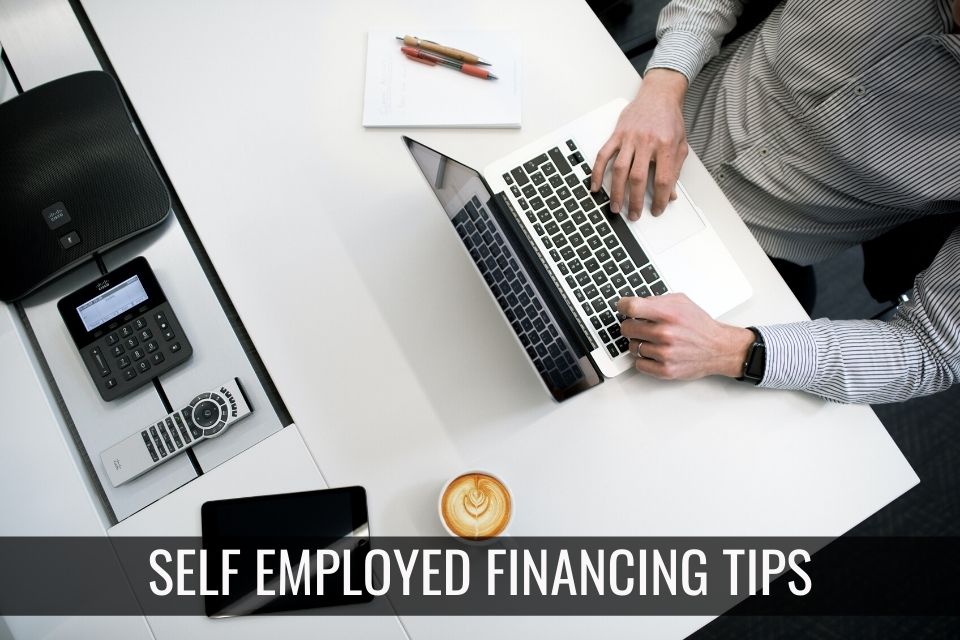Self-employed borrowers have always had to jump through a few hoops to finance or refinance their homes. Without a traditional paycheck, lenders look for other ways to document income. The COVID-19 pandemic has affected many business owners and delayed tax return filings. As a result, Fannie Mae and Freddie Mac have enacted changes in the way the mortgage industry processes home loan applications (as of June 11, 2020).
Income Verification
Self-employed borrowers are typically verified by the most recent two years of income tax filings. As a result of the pandemic, those two years might not give a current or accurate picture of the borrower’s income. As the borrower is seeking to secure a loan before the next filing period, underwriters are now requiring a signed Profit and Loss Statement (P&L) from these borrowers.
Profit and Loss Statements
As part of the underwriting process, self-employed applicants must provide an audited or self generated P&L statement for the current 2020 period. The statement must not be older than 60 days and must include:
- Expenses
- Net Income
- Business Depository Account Statements (two most recent)
- Business Revenue
In addition, the borrower must provide their most recent personal bank statements which should support the P&L statement.
Professional Advice
Self-employed loan applicants have always faced challenges when seeking a home loan. Now more than ever, it’s important to understand the requirements and work with a mortgage professional to ensure the loan application is packaged correctly with all the needed documentation. Lenders are still approving home loans, but with these changes put in place to minimize risk as the mortgage industry works through the challenges of this pandemic.







